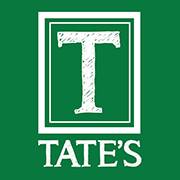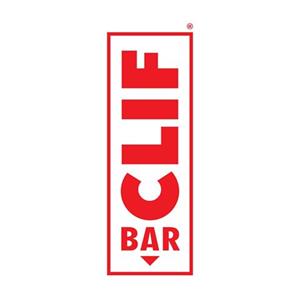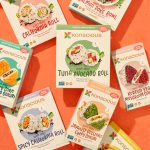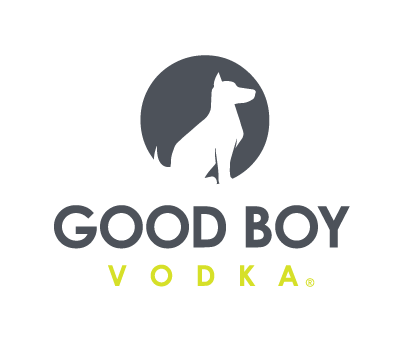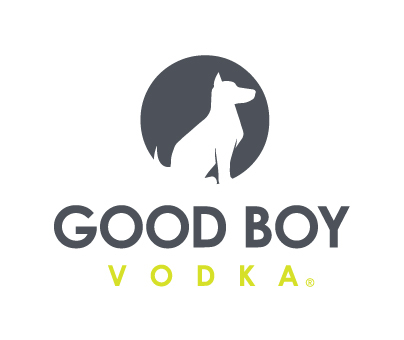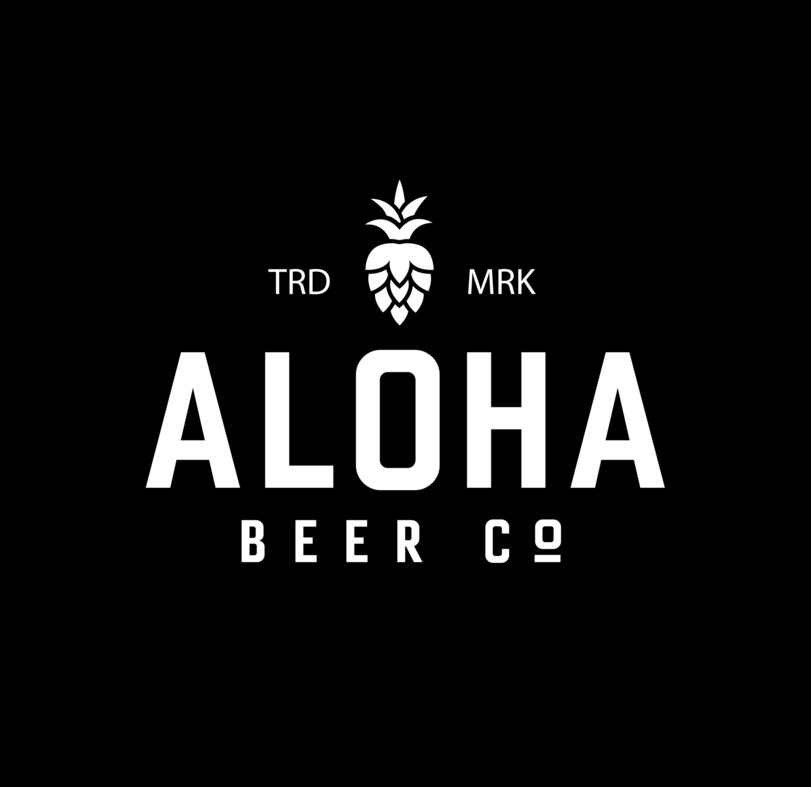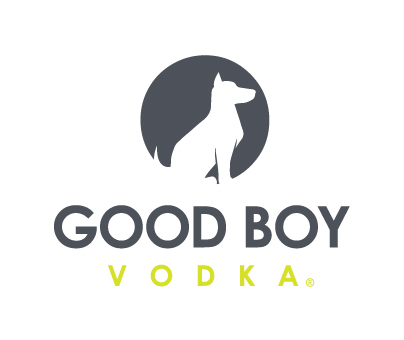Mondelez: Snacks, Volume and Pricing Support Growth, Offset EU Chocolate Challenges
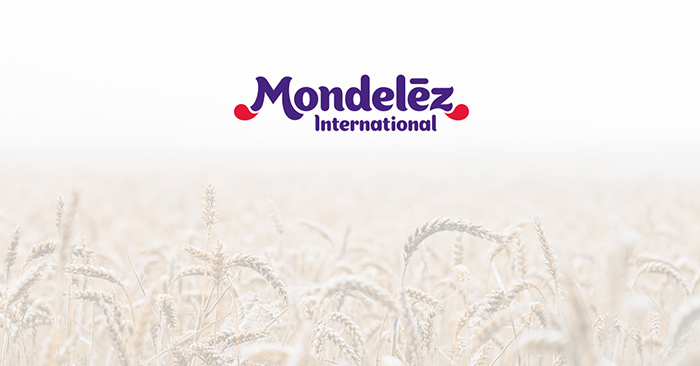
Mondelēz is gearing up for continued double-digit inflationary headwinds in 2023, aiming to hedge against what it believes are misguided projections that input and operating costs will begin to decline this year.
Speaking on a call with investors on Tuesday, the sweets and snacks giant reported strong revenue growth across its business, supported by North American markets which saw revenue increase 12.3% for the full-year and 19.5% in Q4, largely driven by strong pricing (+15.3%) and volume (+4.2%) growth.
Citing a 9.7% increase in net revenue across the overall business, Mondelēz chairman and CEO Dirk van de Put told investors on the call that these results were also supported by strong growth in emerging markets like Brazil, China and India, but was partially offset by disruptions to its European chocolate business.
“Our focus and portfolio reshaping strategy is working and we are well positioned to continue driving attractive growth in 2023 and beyond,” said van de Put on the call. “By continuing to double down on the attractive chocolate, biscuits and baked snacks categories, investing in our iconic brands, focusing on operational execution and cost discipline, and empowering our great people, I am confident that we can deliver strong performance for years to come.”
Mondelēz’s biscuit set, comprising brands including Oreo, Ritz, Chips Ahoy!, Tate’s, Give & Go and Club Social, grew sales 11.7% this year and jumped 18% in Q4. The company’s chocolate portfolio reported over 10% sales growth both for the FY and Q4 with strong volumes particularly in North America during the last quarter. Mondelēz is seeking to extend Tate’s as well, introducing a new Cookie Bark line earlier this year.
While historically the winter holiday season has helped boost volume growth in chocolate that time of year, overall category growth in Q4 was impacted by a 4% volume decline in Europe caused by ongoing pricing negotiations and changes to in-store placements of high-fat, sugar and salt products mandated by a new U.K. initiative. Strong volume and pricing growth in emerging markets helped offset those declines.
The company, which completed its acquisition on Clif Bar in August, also said it is now focused on expanding that business with better distribution and extending its reach into international markets, including through potential synergies its other recent bar brand acquisition in Europe, Grenade.
“In terms of gross margin, the North American segment has the highest gross margin of Mondelēz, particularly because of the DSD system that is quite effective,” said Luca Zaramella, Mondelēz Global CFO, on a call with investors. “But Clif has a gross margin that is, albeit a little bit below the average of North America, they are above the average of the company – that is really a sound platform in terms of potential and profitability.”
As the company prepares for the year ahead, it noted that its U.S. supply chain is on track to return to normal after the past few years of pandemic-driven upset. Van de Put believes the Clif business as well as the recently acquired Mexican bakery business, Ricolino, will help hedge against any other unanticipated challenges.
“When there are some areas that are a bit of a more difficult situation, we always have other areas that compensate for that and so we can keep on delivering very good results – it goes across brands, regions and categories for us,” Van de Put said on the call.
Mondelēz has also entered an agreement with Perfetti Van Melle to divest its developed market gum business in order to help fund recent acquisitions and streamline its portfolio; that deal is expected to close by the end of the year. It expects to also divest its Halls business overtime but did not specify a timeline for that action.

